Bar Feeder Automates Part Production
Designed to boost productivity through streamlined operation, Haas Automation's latest bar feeder model is built for use with Haas ST-10 through ST-35 and DS series CNC turning centers.
One of the most common automation accessories used in metalworking, the bar feeder is typically applied to turning machines to deliver a continuous supply of raw machining stock in the form of round, hex, square and extruded shapes for the manufacture of turned parts. Although a variety of design features can make one bar feeder more suitable for a given shop or application, each is engineered to provide more efficient material handling as barstock is delivered to the machine.
Haas Automation released its original bar feeder in 1999 and has made design modifications through the years to improve efficiency. The company’s latest model is designed to boost productivity through streamlined operation. Designed and built for use with Haas ST-10 through ST-35 and DS series CNC turning centers, the bar feeder connects directly to the Haas control.
The unit features a belt-driven trolley system that significantly speeds operation, when compared with slow push rod retract rates that can bog down cycle time. To simplify operation and speed change-overs, the push rods are easily changed without tools. The operator simply pulls back the lever, pulls out the bushing, then pushes the other end past the ball detents. Both 3/8-inch and 3/4-inch push rods are included, and they store conveniently in the mounts on the inner lid enclosure (Figure 1).
The bar feeder is designed for easy movement and adjustment. A foot pedal is provided to release the unit so that the entire body can be pushed back out of the way, providing full access to the liners within the machine (Figure 2). To get the liner out, the coupling is loosened and removed and the liner is slid out. The liners that are not being used can be conveniently stored in a tray that is attached to the front of the unit for easy access (Figure 3).
On the previous model, the height adjustment wheel was on the end of the bar feeder furthest from the machine, which made alignment somewhat cumbersome. On the new unit, the height adjustment wheel has been moved to the front, right side of the unit, allowing the operator to visually see the liner while aligning the unit. To line up a different size bar, the operator manually brings the bar into position, close enough to see what adjustment needs to be made. Then, the adjustment wheel is turned to raise or lower the bar until alignment is complete (Figure 4).
One of the most significant improvements on the bar feeder is an optical sensor (Figure 5) that provides bar measurements so that barstock lengths are always accurate and positioned correctly, even with chamfers and ragged ends. Also included are stainless steel runners (Figure 6) on the charging tray that help bars roll down to the loading area more easily. Even square and hexagonal stock glide down smoothly to the bar feeder tray.
The bar feeder uses the same interface as the original model, but now the screen includes helpful icons to tell the operator when the door is open and when the machine is out of position. When a bar is fed, the shuttle comes forward to make sure there is not already a bar in position, and then quickly retracts. A bar is then automatically loaded and fed forward, measured and loaded into the spindle. The push rod is then loaded and pushes the bar to the specified distance outside the spindle. The shuttle is retracted, and it’s ready to go.
Related Content
Automation Breakthroughs Revolutionize Precision Machining for Complex Parts
Marubeni Citizen-Cincom delivers custom solutions to address some of the biggest challenges in precision machining from handling small parts, to robot integration and unique tooling needs.
Read MoreInside the Premium Machine Shop Making Fasteners
AMPG can’t help but take risks — its management doesn’t know how to run machines. But these risks have enabled it to become a runaway success in its market.
Read MoreJob Shop Discovers and Fills a Fishing Need
The promise of a product line for improved mounting of electronic fish finders led this Missouri job shop to an automated turning process.
Read MoreReplace Repetitive Measurement With DIY Robotic Automation
After minimal training, a shop can learn how to use this robotic inspection system configured for a shopfloor application to supersede repetitive, time-consuming, high-mix gaging processes. It can then be redeployed for another application somewhere else in the facility.
Read MoreRead Next
Do You Have Single Points of Failure?
Plans need to be in place before a catastrophic event occurs.
Read MoreEmerging Leaders Nominations Now Open
Here’s your chance to highlight a young person in your manufacturing business who is on the path to be a future leader moving your company forward.
Read More5 Aspects of PMTS I Appreciate
The three-day edition of the 2025 Precision Machining Technology Show kicks off at the start of April. I’ll be there, and here are some reasons why.
Read More


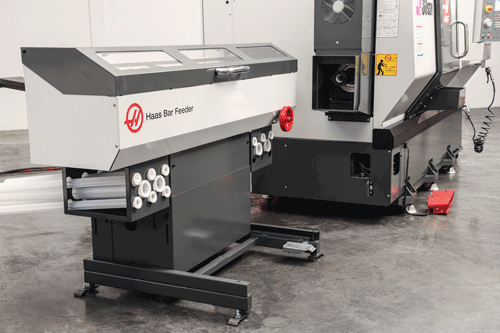
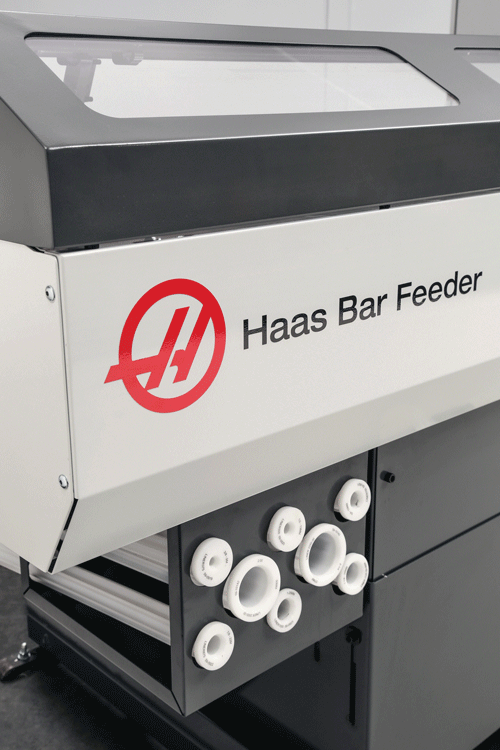
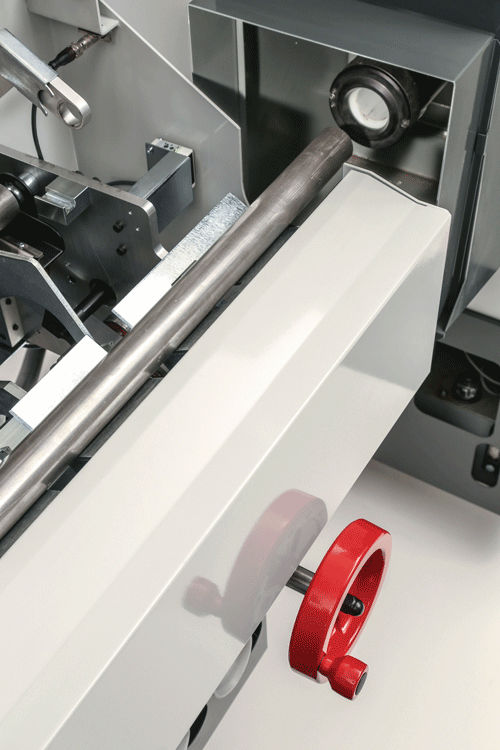
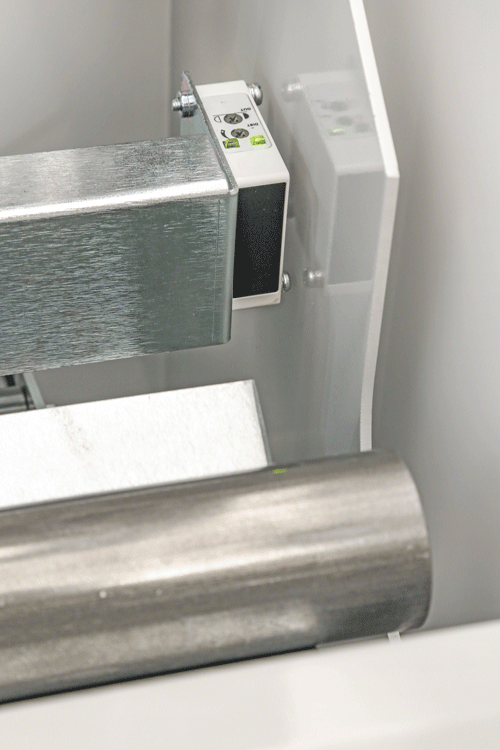
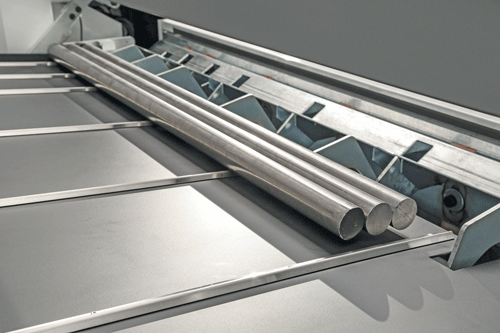










.png;maxWidth=300;quality=90)










